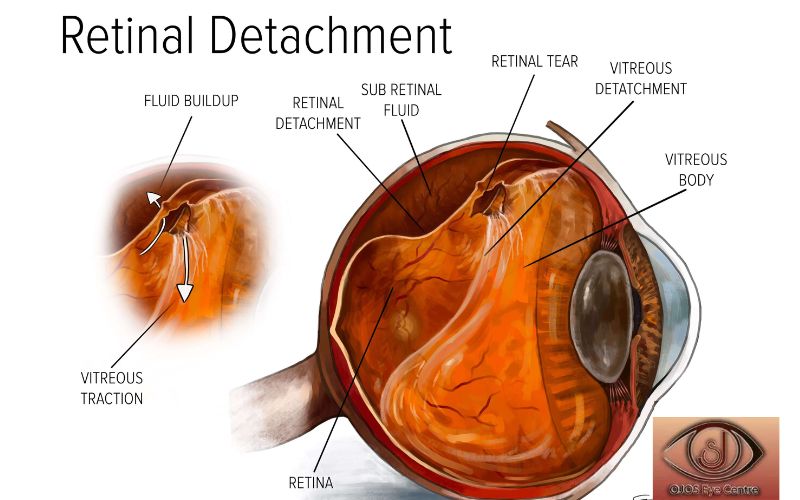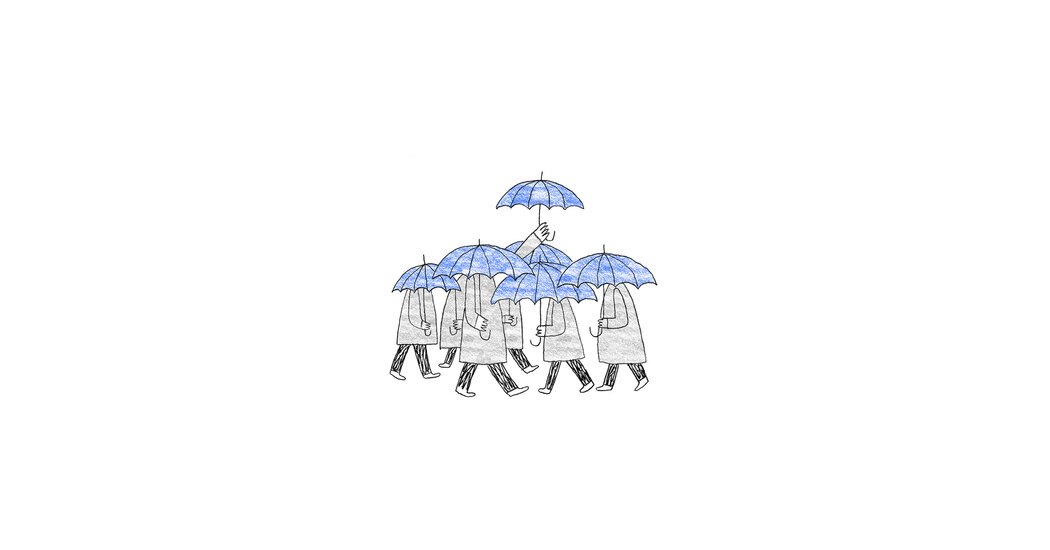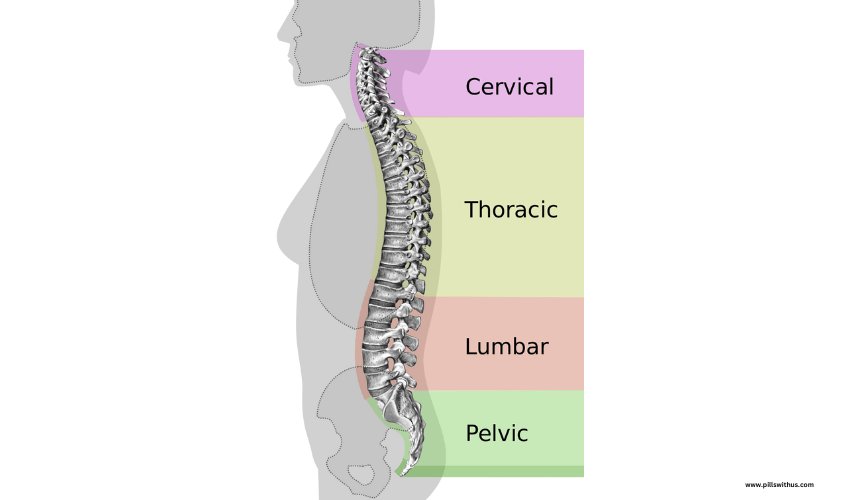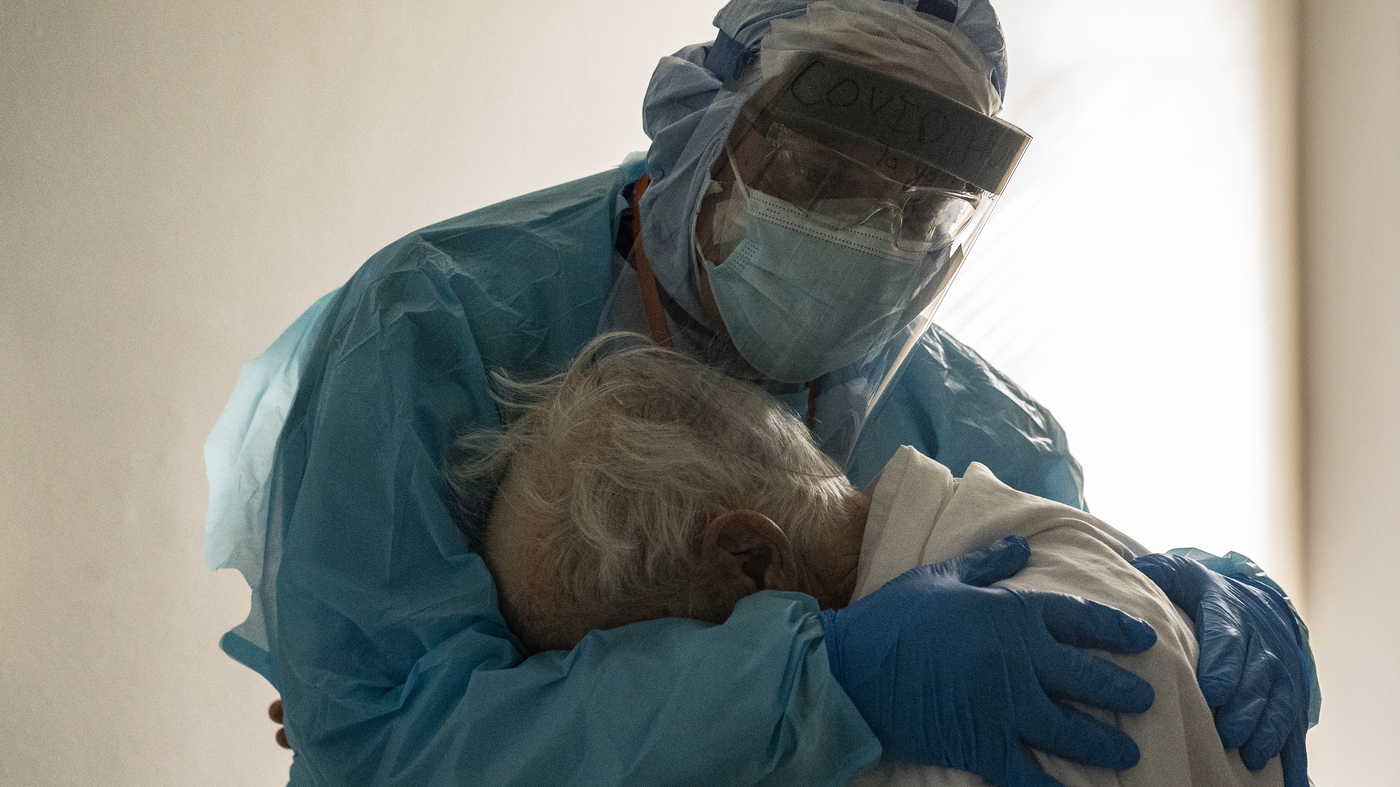Have you ever wondered about the delicate nature of your eyesight and how to safeguard it from potential threats? In this digital age where screens dominate our daily lives, protecting our eyes is more crucial than ever. One such concern that deserves attention is retinal detachment – a serious condition that can lead to vision loss if not addressed promptly. Join us as we delve into the world of eye health and explore ways to reduce the risk of retinal detachment.
What is Retinal Detachment?
The retina is a thin layer of tissue located at the back of your eye. It plays a crucial role in helping you see the world around you by converting light into signals that are sent to your brain through the optic nerve. Retinal detachment occurs when the retina pulls away from its normal position, disrupting this vital connection.
There are three types of retinal detachment: rhegmatogenous, tractional, and exudative. Rhegmatogenous detachment is the most common type and typically results from a tear or hole in the retina, allowing fluid to accumulate underneath and separate it from the underlying tissues. Tractional detachment occurs when scar tissue on the retina’s surface causes it to pull away, while exudative detachment involves fluid buildup due to conditions like inflammation or injury.
If left untreated, retinal detachment can lead to permanent vision loss in the affected eye. Knowing the early signs and seeking prompt medical attention are essential for preserving your eyesight and preventing further complications.
Causes and Risk Factors
Retinal detachment can be caused by various factors, with some individuals being more at risk than others. One common cause is aging, as the vitreous gel inside the eye becomes more liquid over time, leading to an increased likelihood of it pulling away from the retina.
Individuals who have had previous eye surgeries or injuries are also at a higher risk of retinal detachment due to changes in the structure of the eye. Additionally, people with conditions such as severe nearsightedness or diabetic retinopathy have an elevated risk of experiencing retinal detachment.
Other risk factors include a family history of retinal detachment, as genetics can play a role in predisposing individuals to this condition. High-impact sports or activities that involve rapid acceleration and deceleration can also increase the chances of retinal detachment occurring.
It’s essential for those with these risk factors to be aware and proactive about their eye health to minimize the potential occurrence of retinal detachment.
Early Signs and Symptoms
Early Signs and Symptoms of retinal detachment are crucial to recognize as they can indicate a serious eye condition that requires immediate attention. One common symptom is seeing floaters or spots in your vision, which may look like specks, cobwebs, or strings drifting across your eyes. These floaters often increase suddenly and may be accompanied by flashes of light in the affected eye.
Another sign to watch out for is a sudden onset of blurred vision or a shadow/curtain effect descending over your field of vision. This could indicate that the retina is detaching from the back of the eye. Additionally, experiencing a rapid decrease in visual acuity or perceiving straight lines as wavy might also point towards retinal detachment.
If you notice any of these early signs and symptoms, it’s crucial not to ignore them and seek prompt medical attention from an eye specialist like Dr. Sagar Pathak at Ojos Eye Center for proper evaluation and treatment tailored to your specific needs.
Prevention Methods
Taking proactive steps to prevent retinal detachment is crucial for maintaining good eye health. One of the key prevention methods is to ensure you have regular comprehensive eye exams with a qualified ophthalmologist like Dr. Sagar Pathak at Ojos Eye Center in Pune. These exams can help detect any early signs of retinal issues before they escalate.
Additionally, if you are involved in high-contact sports or activities that pose a risk of eye injury, wearing protective eyewear can significantly reduce your chances of experiencing trauma that could lead to retinal detachment. It’s also essential to manage conditions like diabetes and hypertension which can increase the risk of developing eye problems.
Maintaining a healthy lifestyle by eating a balanced diet rich in nutrients beneficial for eye health, staying hydrated, exercising regularly, and avoiding smoking can all contribute to reducing your risk of retinal detachment. Remember, prevention is always better than cure when it comes to safeguarding your eyesight!
Lifestyle Changes for Eye Health
When it comes to maintaining good eye health and reducing the risk of retinal detachment, incorporating positive lifestyle changes is crucial.
Ensuring you have a balanced diet rich in vitamins and minerals like Vitamin A, C, and E can promote overall eye health. Foods such as leafy greens, carrots, citrus fruits, and nuts are excellent choices.
Protecting your eyes from harmful UV rays by wearing sunglasses when outdoors can prevent damage to the retina over time. Additionally, taking regular breaks from screen time to reduce eye strain is beneficial for your vision.
Moreover, staying hydrated by drinking an adequate amount of water daily helps in maintaining moisture levels in the eyes and prevents dryness.
Incorporating these simple lifestyle changes into your daily routine can go a long way in safeguarding your eyesight for years to come.
Treatment Options
If you have been diagnosed with retinal detachment, it’s important to discuss treatment options with your eye specialist promptly. The primary goal of treatment is to reattach the retina and prevent vision loss.
One common procedure used to repair retinal detachment is called pneumatic retinopexy, where a gas bubble is injected into the eye to push the retina back into place. Another option is scleral buckling, which involves placing a silicone band around the eye to indent the wall and relieve tension on the retina.
Vitrectomy may be recommended for more complex cases, involving removing vitreous gel from the eye and replacing it with a gas or oil bubble to help flatten the retina. Laser surgery can also be used to seal any tears in the retina.
The choice of treatment will depend on various factors such as the severity of detachment, location of tears, and overall health of your eyes. It’s crucial to follow your doctor’s recommendations closely for successful recovery.
Conclusion: Importance of Regular Eye Exams
Regular eye exams are crucial for maintaining good eye health and catching any potential issues early on. By visiting a qualified eye specialist like Dr. Sagar Pathak at Ojos Eye Center in Pune regularly, you can reduce your risk of developing serious conditions like retinal detachment. Remember, prevention is always better than cure when it comes to protecting your eyesight. Prioritize your vision by scheduling routine check-ups and following the necessary precautions to keep your eyes healthy and happy for years to come. Your eyes deserve the best care possible, so make sure to prioritize their well-being with regular visits to an experienced eye specialist.















